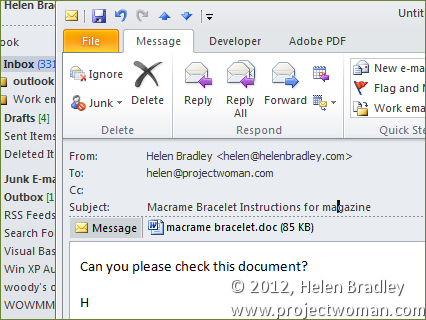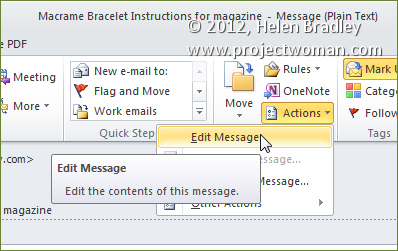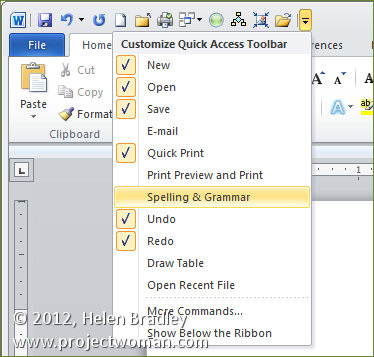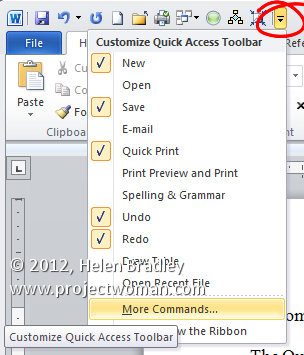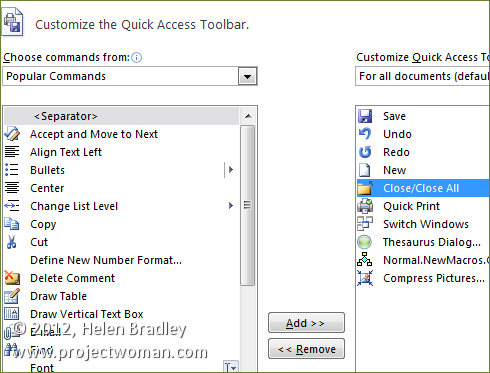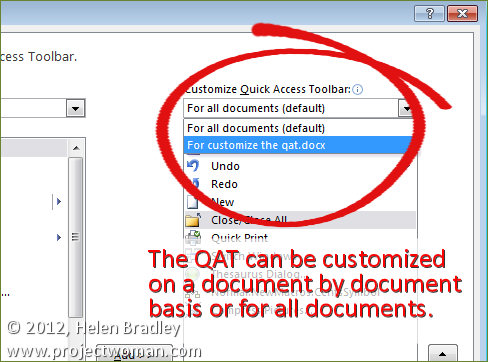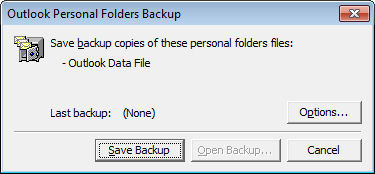
If you thought Microsoft has, over the years, right royally messed up the process of backing up your Outlook PST files then the situation with Outlook 2010 has only got worse.
For Outlook 2002, 2003 and 2007 users Microsoft provided a Personal Folders Backup Tool that you could download from http://www.microsoft.com/download/en/details.aspx?displaylang=en&id=9003 which would install a backup routine into Outlook.
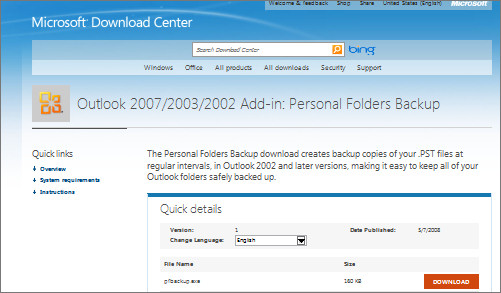
Having done this you could then select File > Backup to backup your PST file.
Over the years of course, this has prompted questions as to why the thing wasn’t built in to Outlook in the first place? It is a stupid and ill-considered omission in my book, but let’s put that aside for now because the problem only gets worse for Outlook 2010 users.
You see the Personal Folders Backup Add-In doesn’t work with Outlook 2010.
As I say repeatedly it’s Microsoft’s world and we just live in it. Microsoft knows that there’s a problem and explains that the failure of the add-in is due to the new fast shutdown functionality in Outlook. If you visit this website http://support.microsoft.com/kb/2030523 you can click the Fix It For Me link and Microsoft will fix the problem for you.
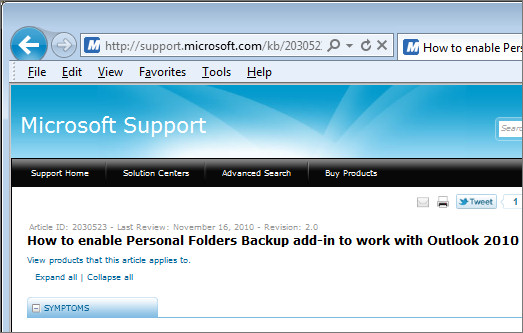
Don’t even bother asking why there is a problem in the first place. There should be (and it’s inexcusable that there is not) a backup routine built in to Outlook to make it easy for you to backup your PST file.
Consider this – everything you receive or send via email is in that PST file – and that includes attachments! Lose it and you lose the lot. Worse still, there is a physical limit to its size – beyond around 2GB the thing can become horribly unstable. So you will need to back it up or risk losing it all if your computer crashes or the thing becomes corrupt.
So, if your using Outlook 2010, run (don’t walk) to this site: http://www.microsoft.com/download/en/details.aspx?displaylang=en&id=9003 and download and install the Personal Folders Back up tool for Outlook 2002, 2003 and 2007 (yep! I know you’re using Outlook 2010! Then go to this site: http://support.microsoft.com/kb/2030523 and run the Fix It Tool – you have to have the backup tool installed first.
If you don’t like clicking Fix It buttons then there’s a detailed explanation in that same Knowledge Base article explaining how to fix the problem manually – basically it’s a fairly simple registry fix.
Helen Bradley
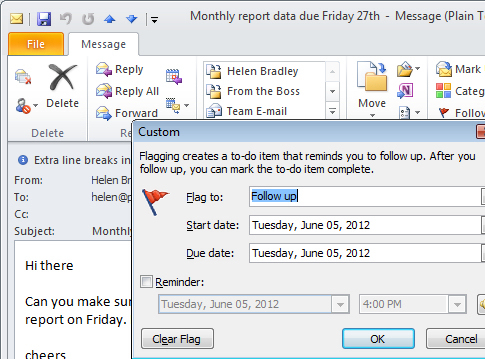 When you’re reading an email message in Outlook, often you will realize that you need to create a task in relation to that email’s contents. To do this, with the email open on the screen, click the Message tab and click the Follow up icon.
When you’re reading an email message in Outlook, often you will realize that you need to create a task in relation to that email’s contents. To do this, with the email open on the screen, click the Message tab and click the Follow up icon.

